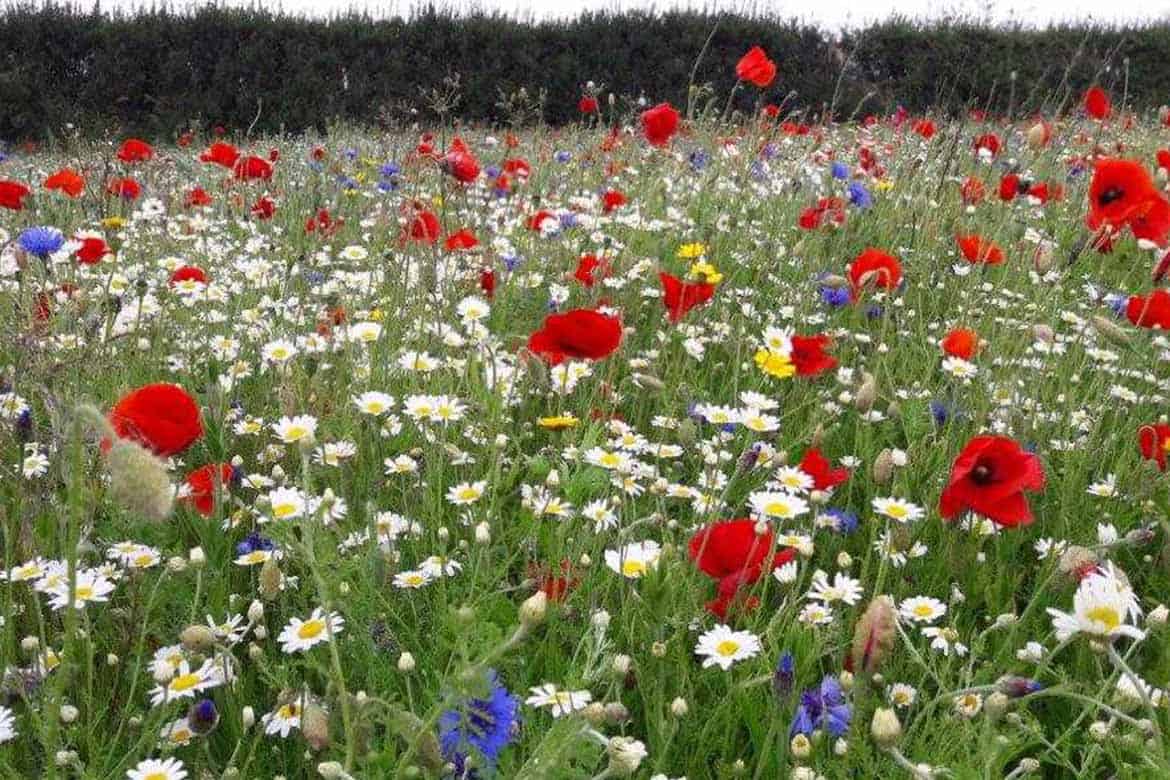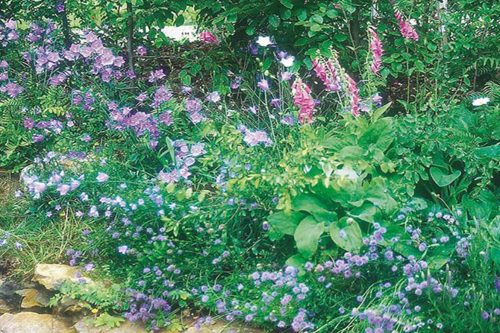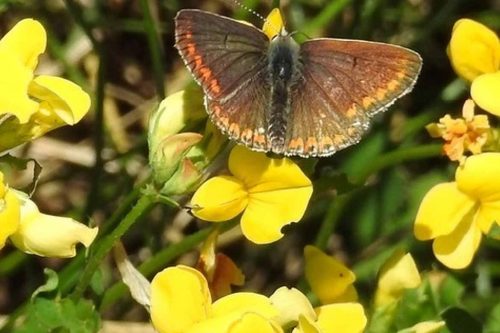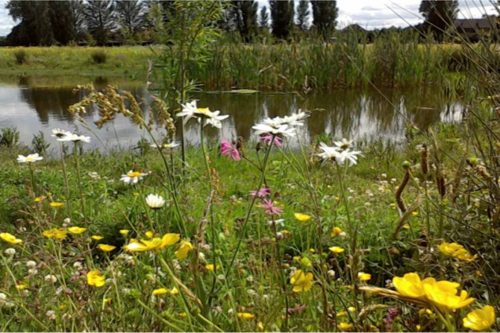80/20% CORNFIELD ANNUAL Wildflowers
I-DS 80/20% CORNFIELD ANNUAL: Create your own brilliant bold colour with our Classic Cornfield Annuals mixture, containing a selection of our most popular cornfield annuals and grasses. Including five UK Native flower species which are commonly found in cultivated soils and disturbed ground: Common Poppy, Cornflower, Corn Cockle and Corn Marigold.
I-DS Cornfield Annual supports bees, butterflies and other pollinators as 100% of the wildflowers included in this mixture are recommended by the Royal Horticultural Society (RHS) as ‘Perfect for Pollinators’.
Why Sow Wild Flowers
Wild flowers are a very important part of our everyday life providing a rich, colourful and diverse ecological habitat for many insects and wildlife. They also offer great aesthetic value to enhance the natural beauty of the British countryside, motorway networks, parkland and gardens.
Over the past 50 years, the number of traditional wild flower meadows has dramatically declined which has resulted in a noted decrease of British Insects. For pollination to take place, we need the ideal flowers to attract those all-important bees, ensuring plants become fertilised and reproduce.
Idealseed mixtures contain high proportions of recommended of NATIVE WILDFLOWERS on the Royal Horticultural Society’s list of plants which are ‘Perfect Pollinators’.
Native Wild Flowers are important to all of us
The rich and varied wild flower species suited to our climate provides a flowering period from spring through to autumn creating a colourful environment whilst providing a vital habitat for wildlife.
Golf Courses:
Golf Courses can provide excellent habitats for wild flowers as part of a low maintenance scheme which can improve the biodiversity on the course.
Highways, Embankments and Verges:
Road highways are also very important locations to establish wild flowers as they provide areas for insects and wildlife while requiring low maintenance compared to 100% grass swards.
Agricultural land:
Farmers and land owners are now being encouraged to establish field margins and new areas of wild flowers which will help populations of butterflies, bees and other insects increase. This also provides habitats for game birds and other wildlife our Cornfield annual produces a brilliant display of flowers in the first summer following sowing.
80/20% Ratio
Idealseed supply either 100% Wildflower mixtures or most popularly 80% Grasses and 20% Wildflower mixtures. Such a mixture is called a “nurse crop” and usually takes the form of an open growing non-competitive grass seed mixture. Given the correct future maintenance, this nurse crop will gradually form a smaller and smaller contingent of the sward, being replaced by the wildflowers as they establish and mature. If, however, the seed is being sown on a small area, perhaps in a garden where weed control will not be a problem as it can be carried out manually, then the cover crop can be omitted, and 100% wildflower mixture sown.
The seeds in your mixture will have originated from a wild flower production field. This seed will have been multiplied in single species plots from seed sourced in the wild. From seeding to harvesting it can take two growing seasons before a seed crop is produced. Once harvested, the seed is cleaned to remove the inert matter and provide high purity seed.
PREPARATION and ESTABLISHMENT
- Remove all existing weeds, if necessary use weed killer, only sow four weeks after applying.
- If the area has been overgrown with weeds for several years, it is important to reduce the number of weed seeds in the soil, it may be necessary therefore to allow time for the first flush of weeds to germinate then remove before attempting to sow any wildflowers.
- Wildflowers prefer a poor soil with low nutrients, so remember not to apply fertiliser.
- Once the weeds have been removed prepare soil to a fine tilth for sowing your wildflowers.
- Try not to disturb the soil any further as this may bring more weed seeds to the surface.
- Choose a wildflower mixture suitable for your soil conditions, if uncertain, remember to think what your soil is like during the growing period from March – October (most soils during the winter can be heavy and wet).
- Sowing times can be any time during the period end-March – end October the ideal time being autumn but avoid the hot summer months.
- Sow seed at 5g/m2, it should not be necessary to rake the seed over as the light helps germination on many species.
- To assist sowing, it’s advisable to mix the wildflower seed in the bag prior to sowing, small seed will always travel to the bottom of the bag.). This will help distribute the seed mixture.
- The nurse grasses will appear within 7 – 10 days; the wildflowers may vary depending upon species – some may take only a few weeks, while others can take several months.
- Cornfield Annuals flower the same year if sown during the spring or the previous autumn.
- Perennial wildflowers will establish during the first year of sowing and flower in year two.
Sowing Rate: 80/20% – 5 gms/m2
| 20% Wildflowers |
Includes 5 Wildflower Species |
|
| Common Name |
Species Name |
% |
| Chamomile, Corn |
Anthemis arvensis |
15.0 |
| Corn Cockle |
Agrostemma githago |
45.0 |
| Cornflower |
Centaurea cyanus |
20.0 |
| Corn Marigold |
Chrysanthemum segetum |
15.0 |
| Poppy, Field |
Papaver rhoeas |
5.0 |
| 80% Grasses |
|
|
| Bent, Browntop |
Agrostis castellana |
5.0 |
| Crested Dogstail |
Cynosurus cristatus |
25.0 |
| Fescue, Sheeps |
Festuca ovina |
20.0 |
| Fescue, Strong Creeping Red |
Festuca rubra, lotoralis |
30.0 |
| Smooth Stalked Meadow Grass |
Poa pratensis |
8.0 |
| Timothy, Small Leaved |
Phleum pratense ssp Bertolinii |
12.0 |







Reviews
There are no reviews yet.